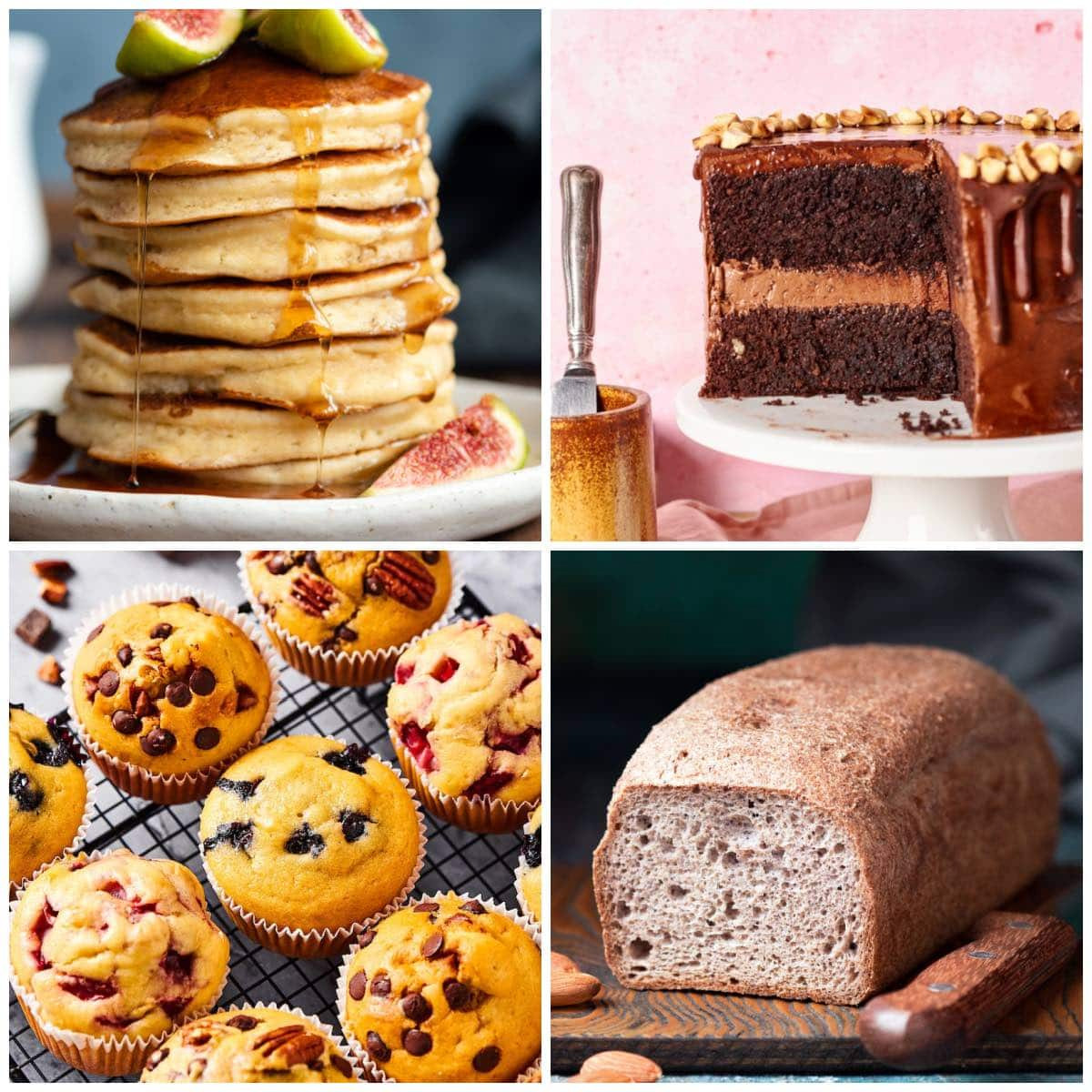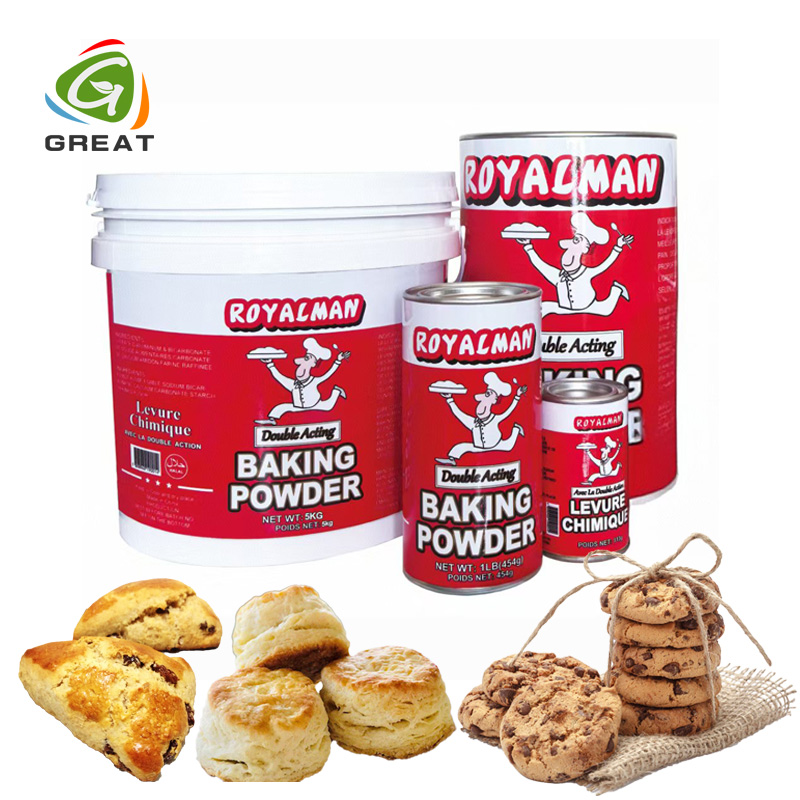The secret of soft bread:Baking Powder
Baking powder is a staple ingredient in many kitchens, especially for those who love baking. But what exactly is it, how does it work, and is it always necessary? In this article, we’ll explore how to make baking powder, its role in baking, whether you can skip it, and what activates it.
What Does Baking Powder Do?
Baking powder is a leavening agent. It helps baked goods rise by making carbon dioxide (CO₂) gas. This happens when moisture and heat expose it. This creates air bubbles, making cakes, muffins, and biscuits light and fluffy.
There are two main types of baking powder:
Single-acting – Reacts immediately when mixed with liquid (used mostly in commercial baking).
Double-acting – Reacts in two stages: first when mixed with liquid, then again when heated (most common in home baking).
Without baking powder, many baked goods would turn out dense and flat.

How to Make Baking Powder at Home
Store-bought baking powder contains three key ingredients:
Baking soda (sodium bicarbonate) – The base that reacts with acids.
An acid (like cream of tartar or sodium aluminum sulfate) – Triggers the reaction.
A stabilizer (like cornstarch) – Prevents premature activation.
works like single-acting baking powder, so use it immediately after mixing for best results.
Is Baking Powder Necessary?
While baking powder is crucial for many recipes, some alternatives exist:
1. Baking Soda + Acid
If a recipe needs baking powder but you only have baking soda, you can use it instead. Just add an acid like lemon juice, vinegar, or buttermilk. Use ¼ teaspoon baking soda + ½ teaspoon acid per 1 teaspoon of baking powder.
2. Whipped Egg Whites
For cakes and soufflés, whipped egg whites can provide lift instead of baking powder.
3. Yeast or Sourdough Starter
In bread-like recipes, yeast can replace baking powder, though it requires fermentation time.
However, for quick breads, pancakes, and cookies, baking powder is often the best choice for consistent results.
What Activates Baking Powder?
Baking powder reacts under two conditions:
Moisture – The liquid in the batter starts the first reaction (especially in double-acting baking powder).
Heat – When baked, the second reaction occurs, producing more gas for extra rise.
If baking powder doesn’t activate properly, your baked goods may not rise well.
Common reasons for failure include:
-
Old baking powder (loses potency over time—test by mixing with hot water; if it doesn’t bubble, it’s expired).
-
Not enough liquid in the batter.
-
Overmixing, which deflates air bubbles
 Baking powder is essential for light, airy baked goods. Understanding how it works ensures better baking results. Always check expiration dates, and store it in a cool, dry place to maintain effectiveness.
Whether you’re baking a cake, muffins, or biscuits, knowing the science behind baking powder helps you master the art of baking!
Baking powder is essential for light, airy baked goods. Understanding how it works ensures better baking results. Always check expiration dates, and store it in a cool, dry place to maintain effectiveness.
Whether you’re baking a cake, muffins, or biscuits, knowing the science behind baking powder helps you master the art of baking!


